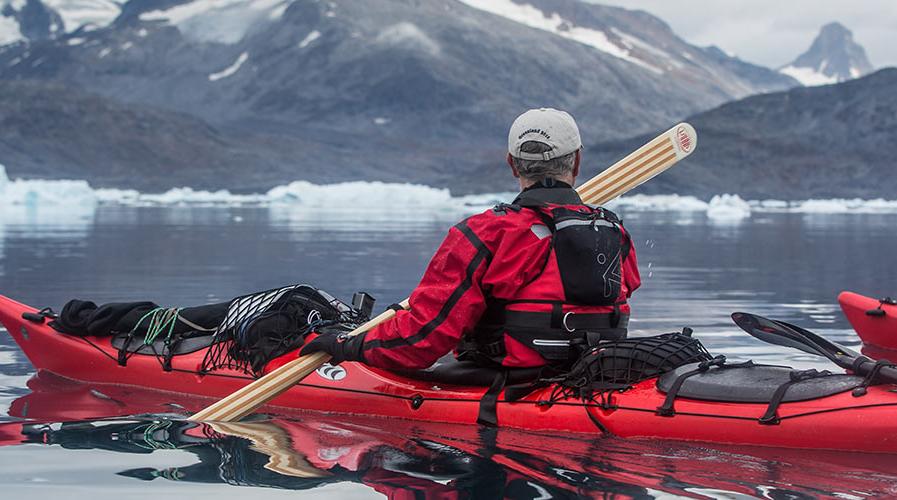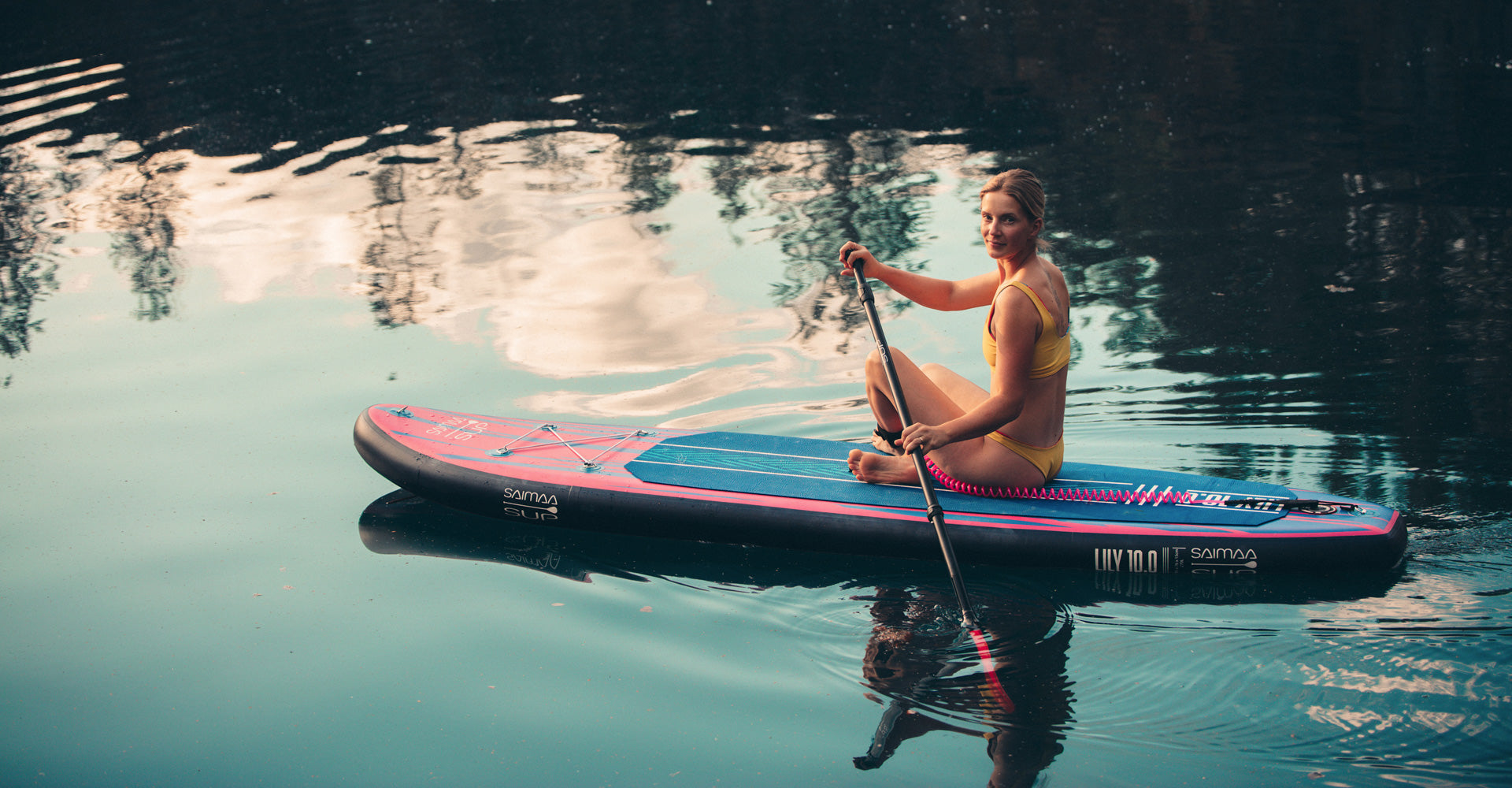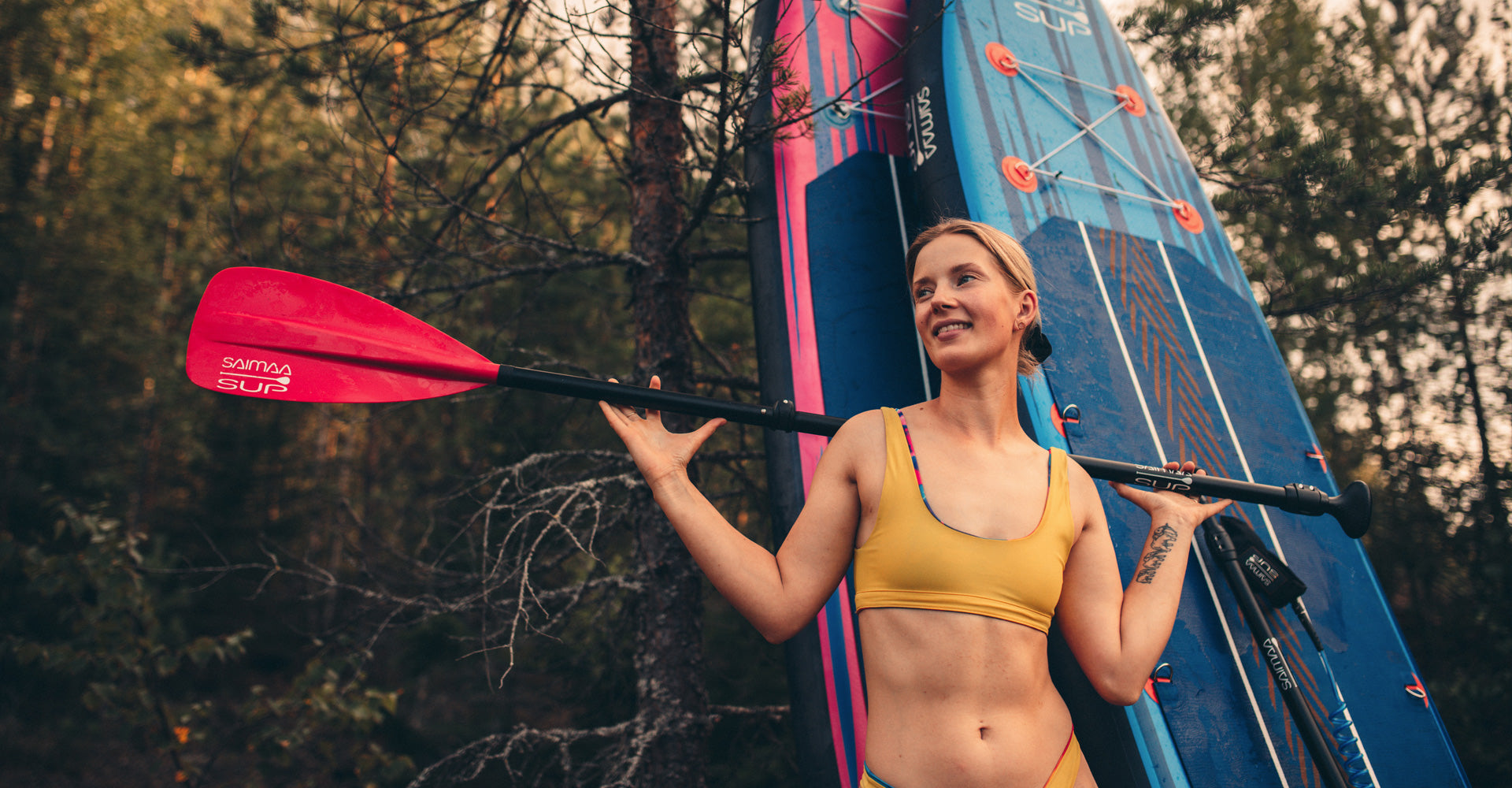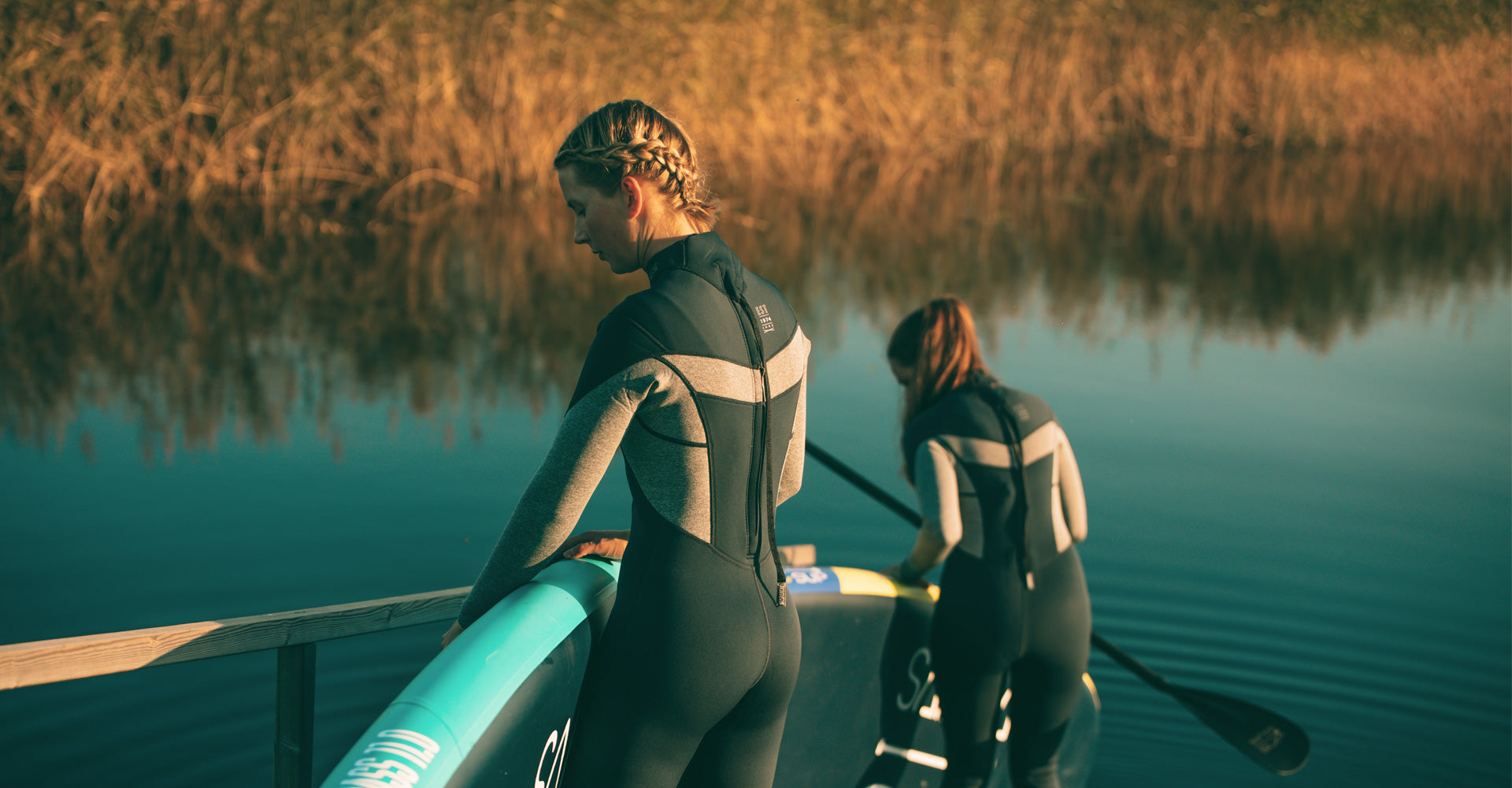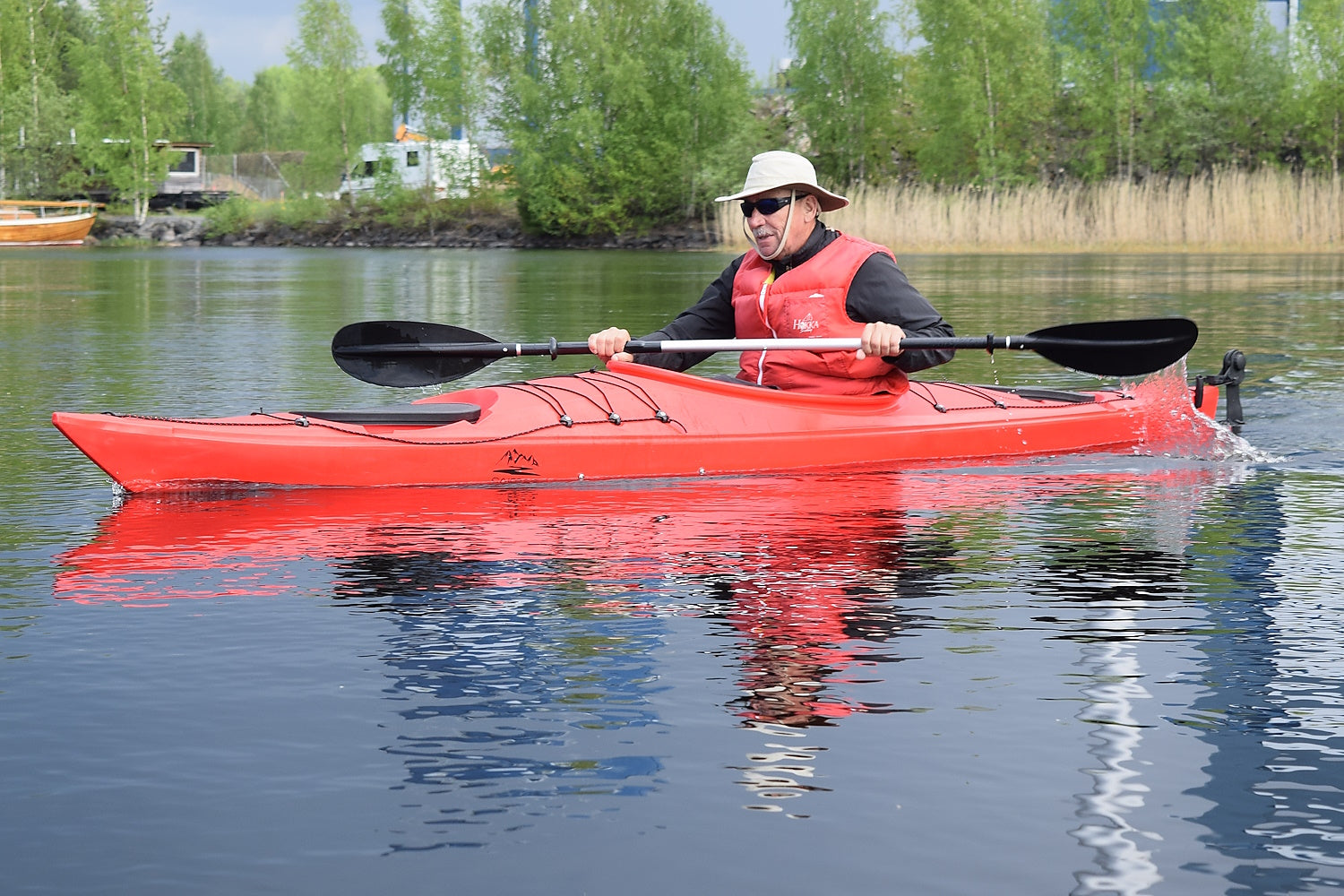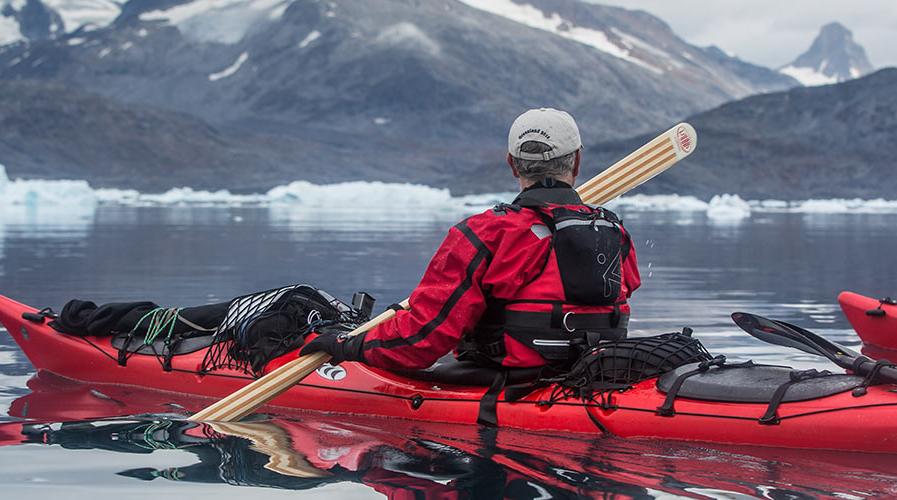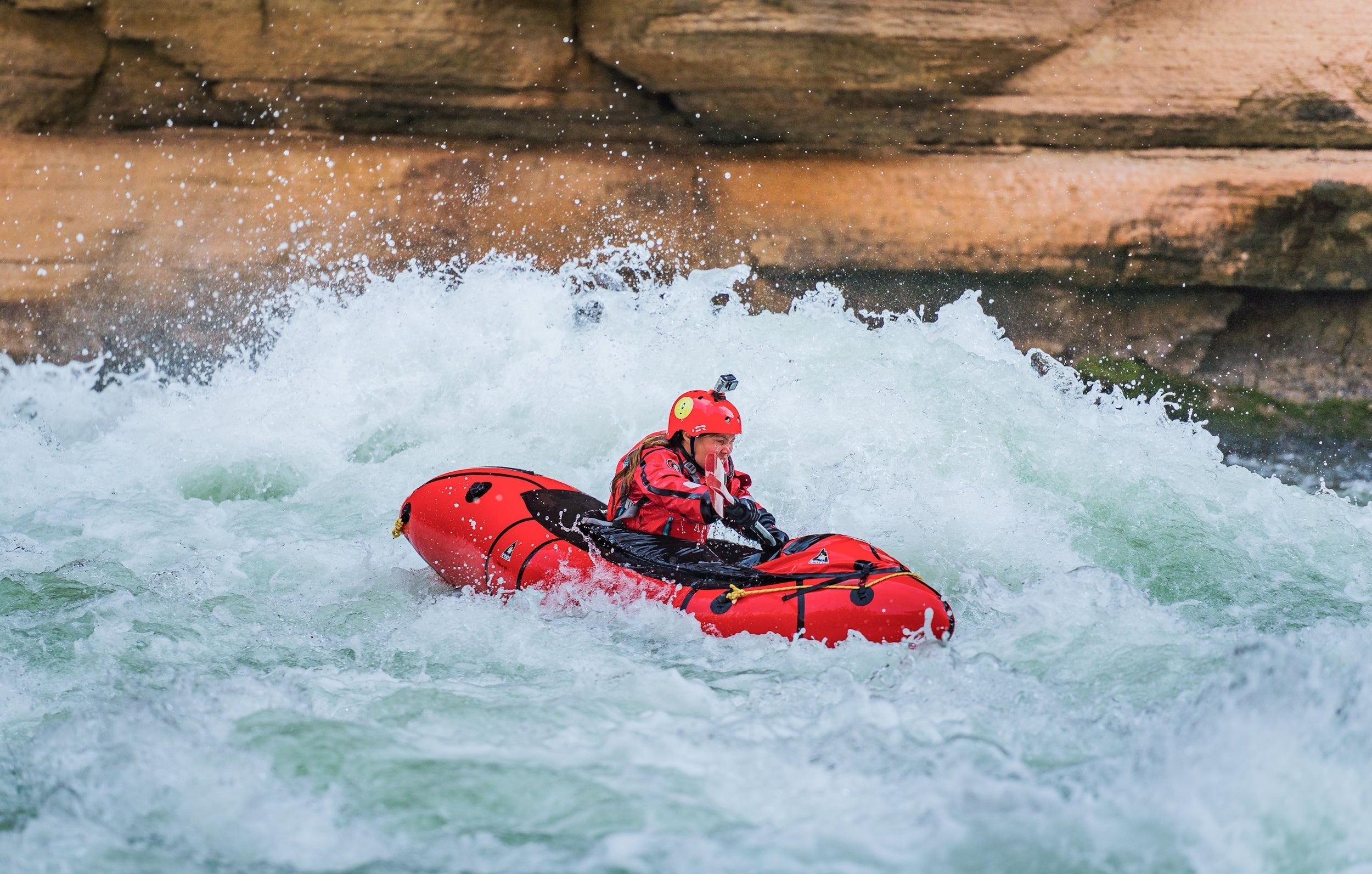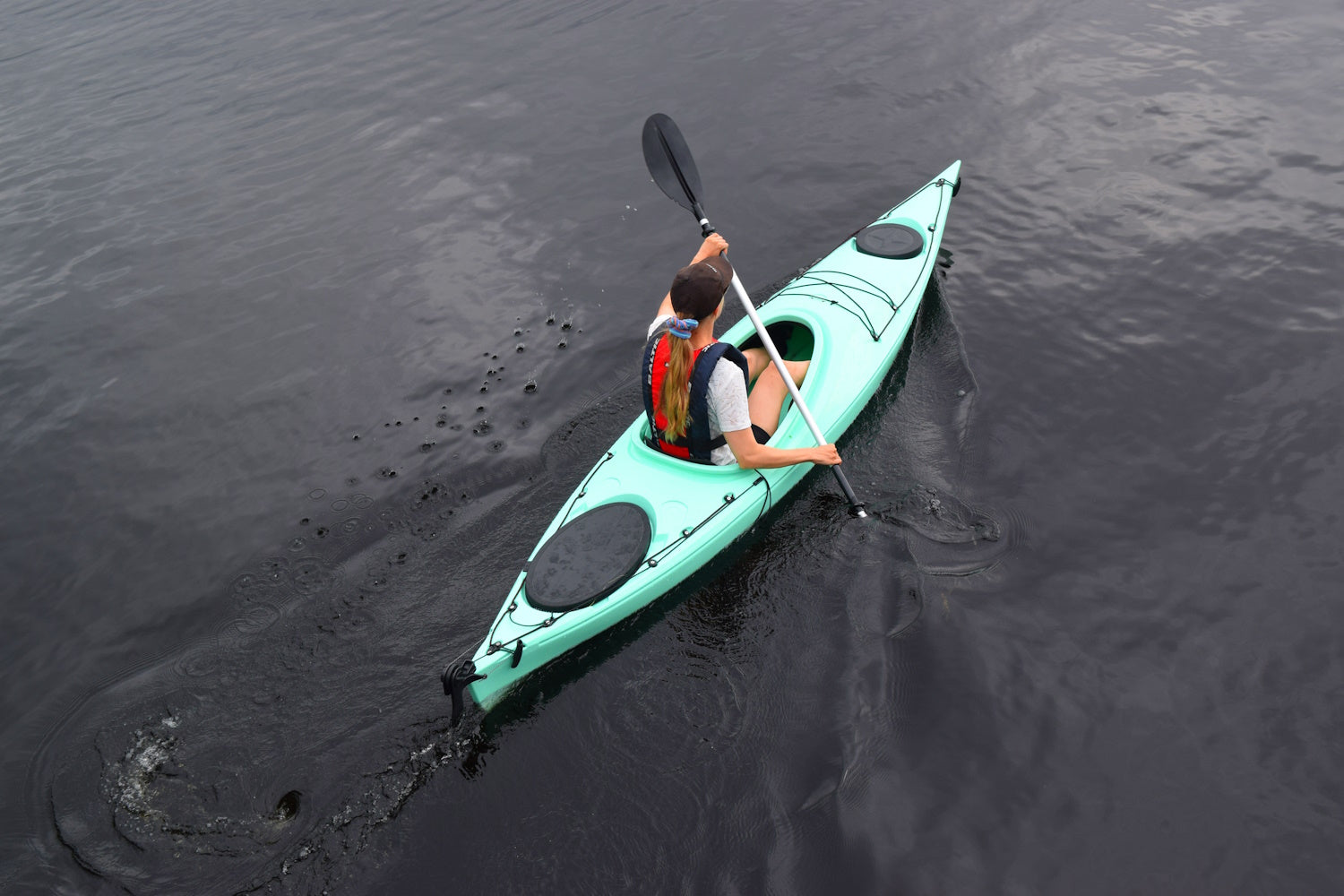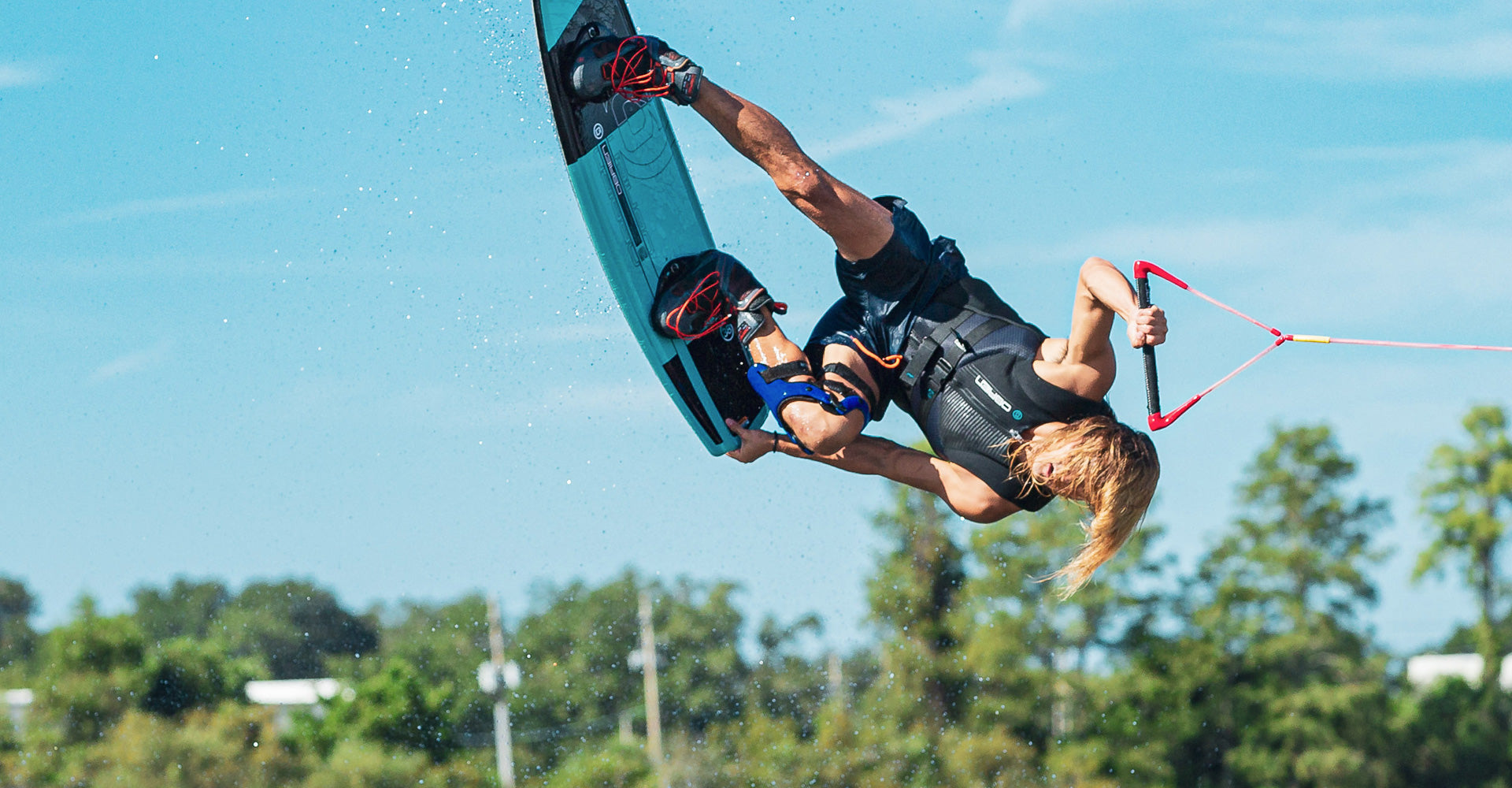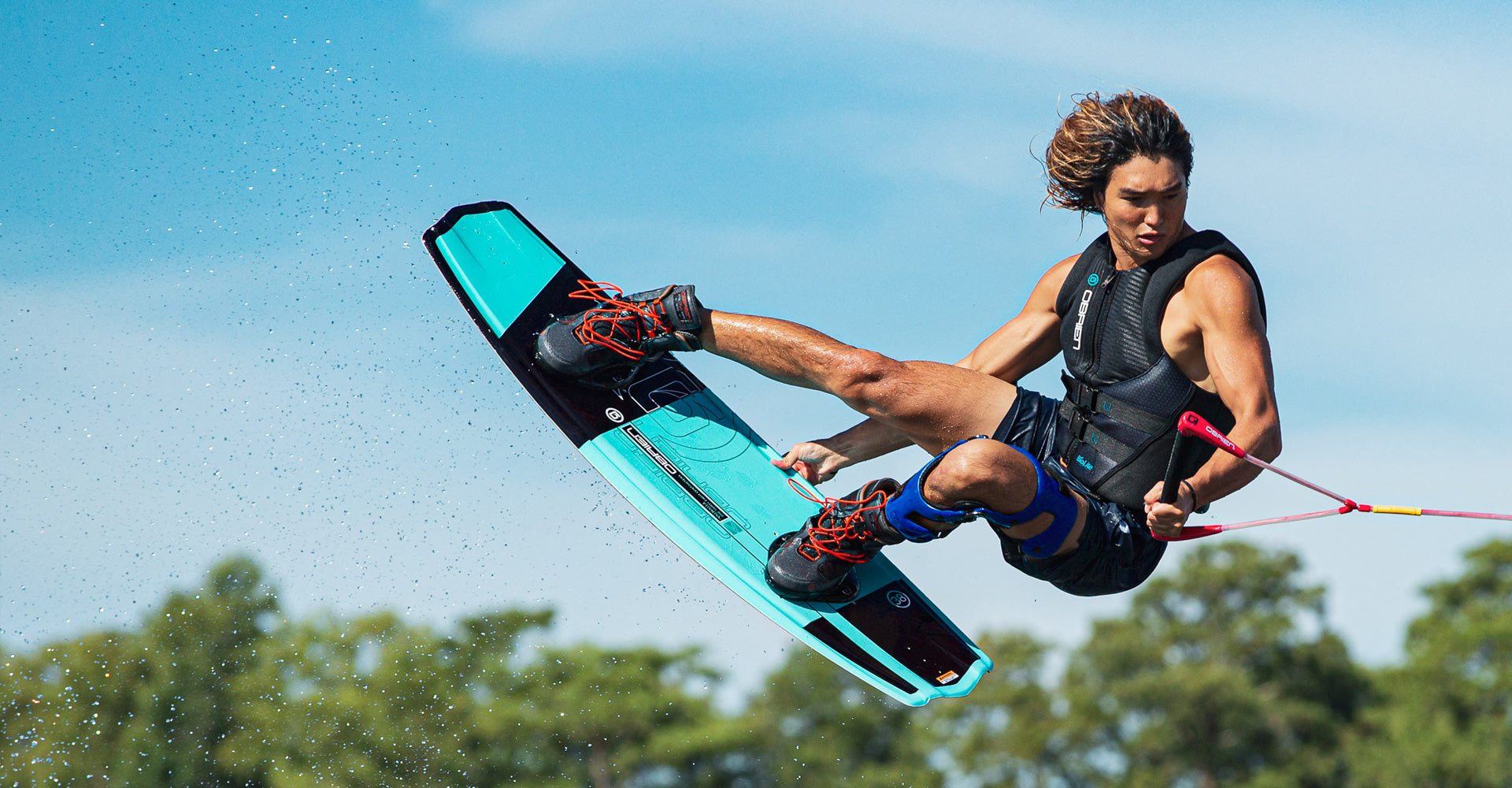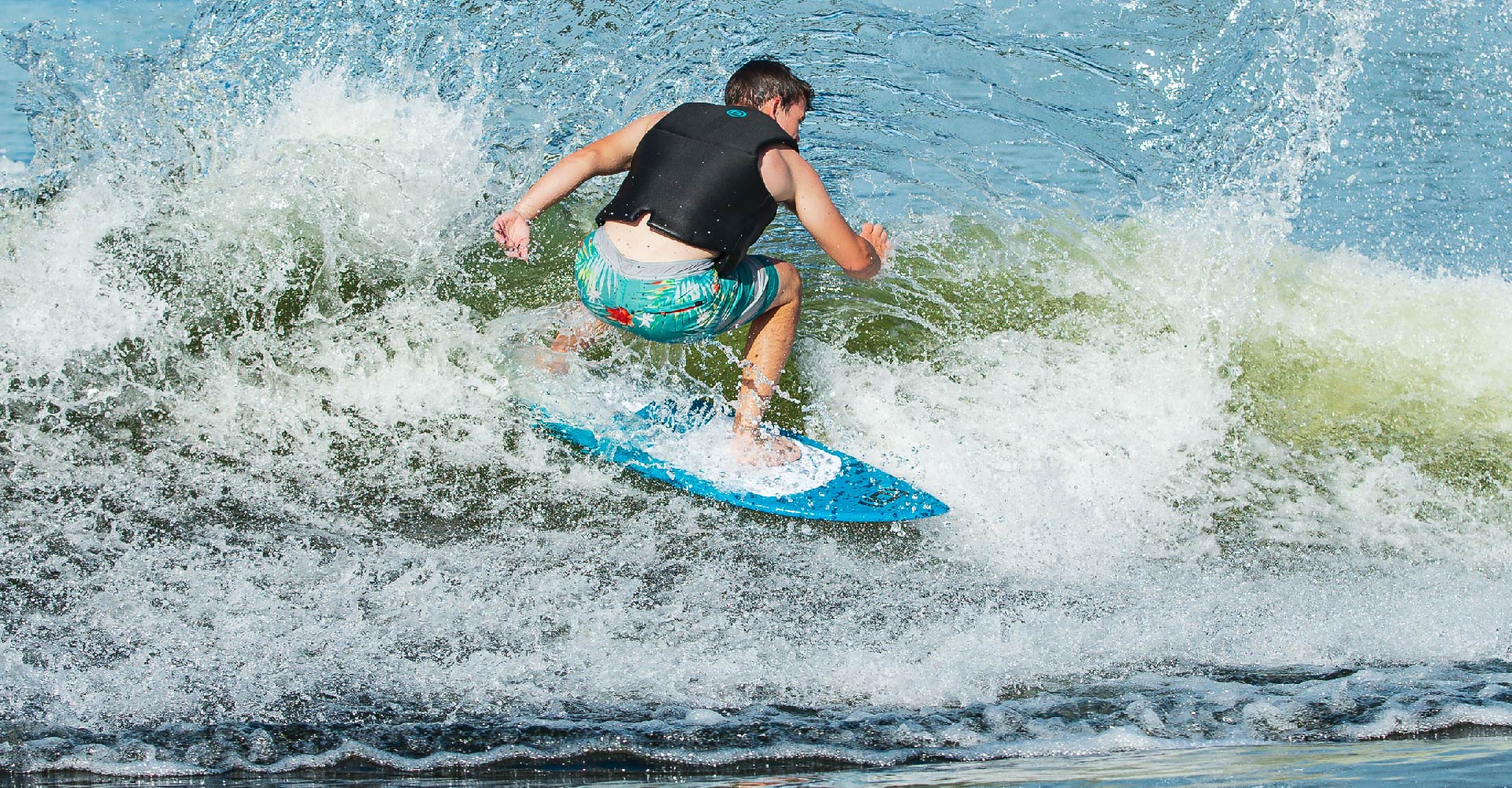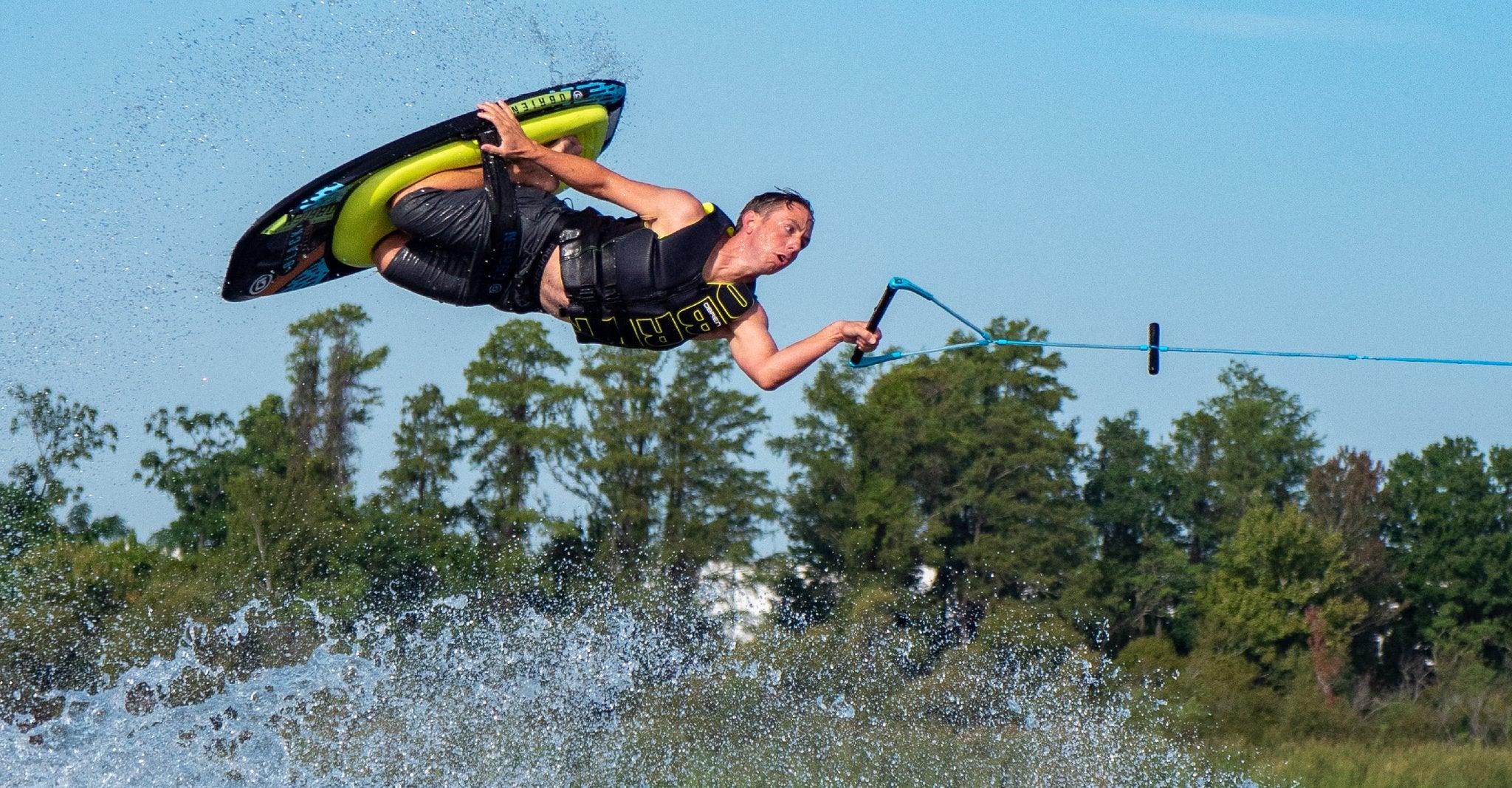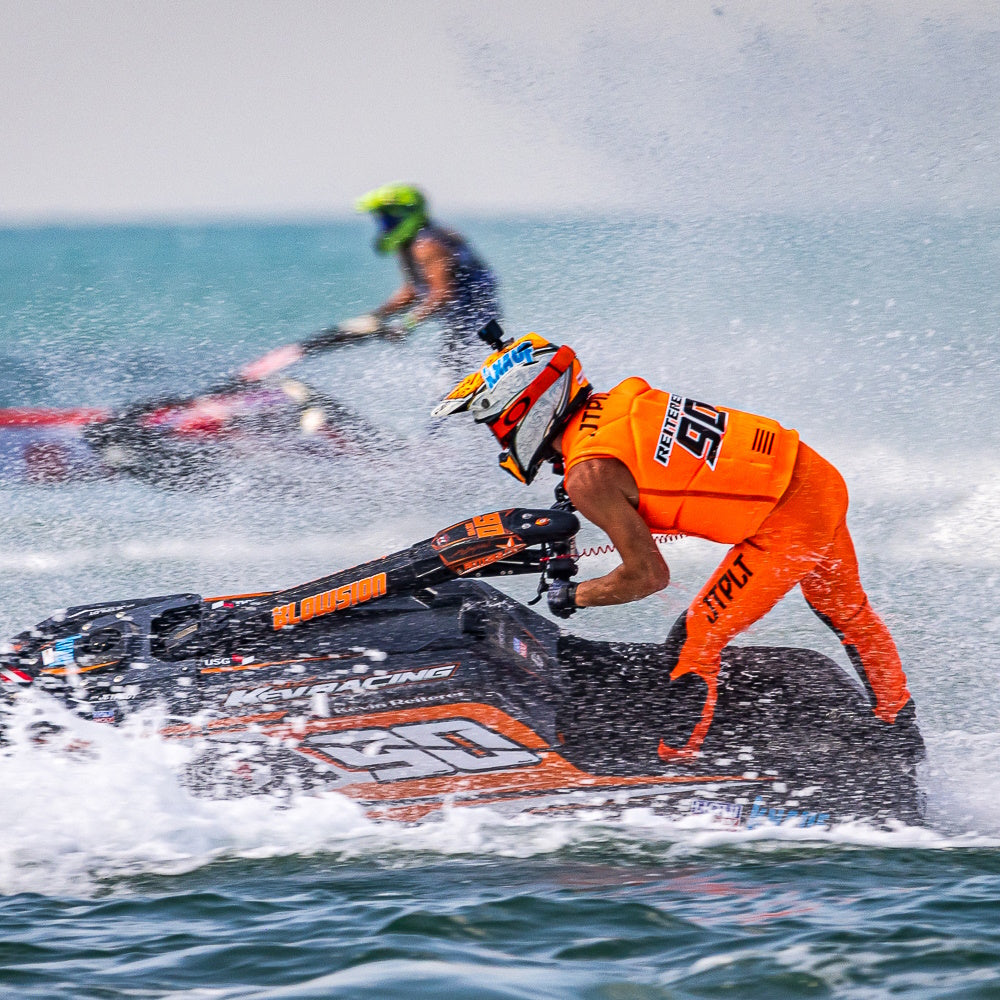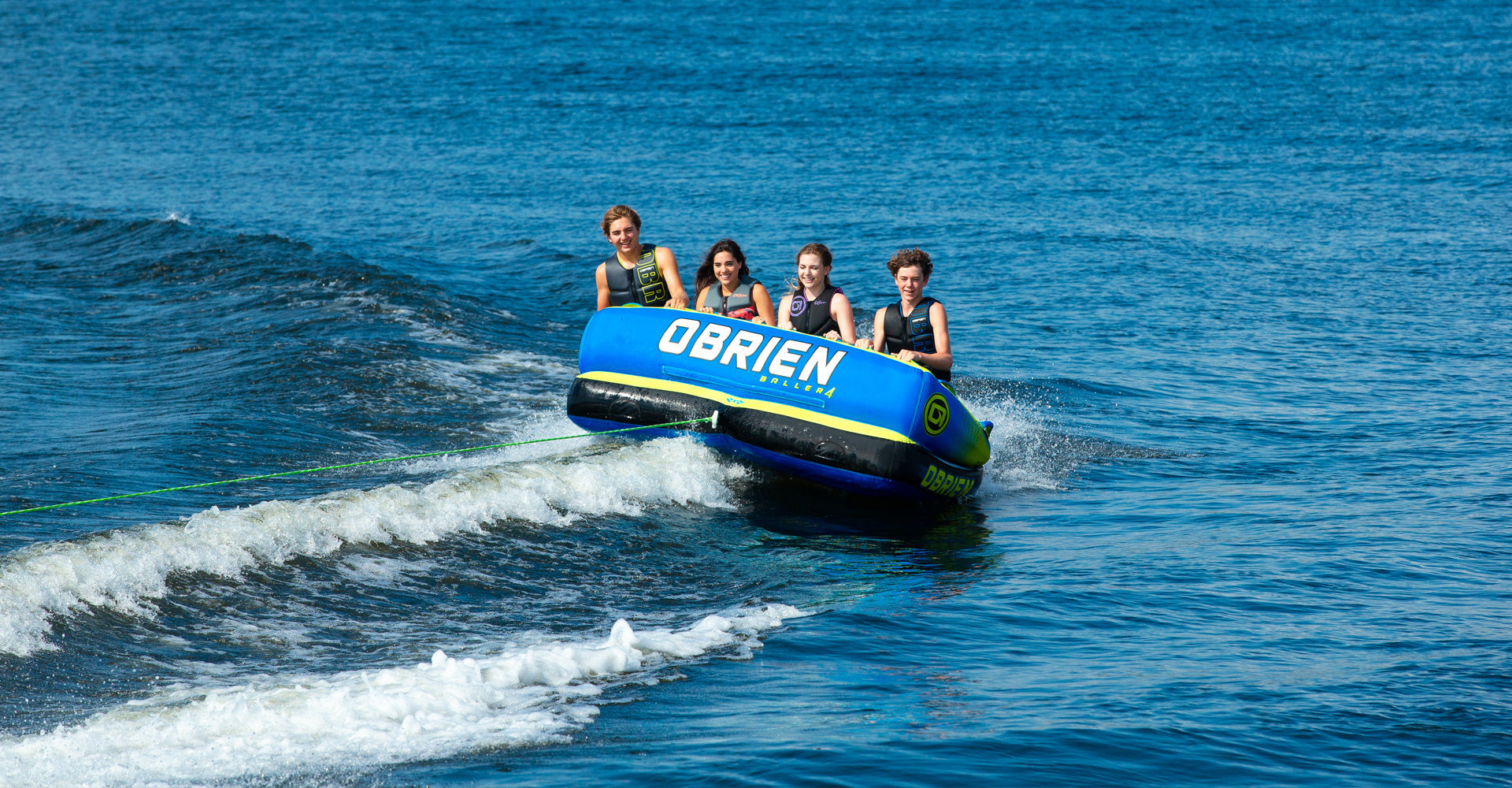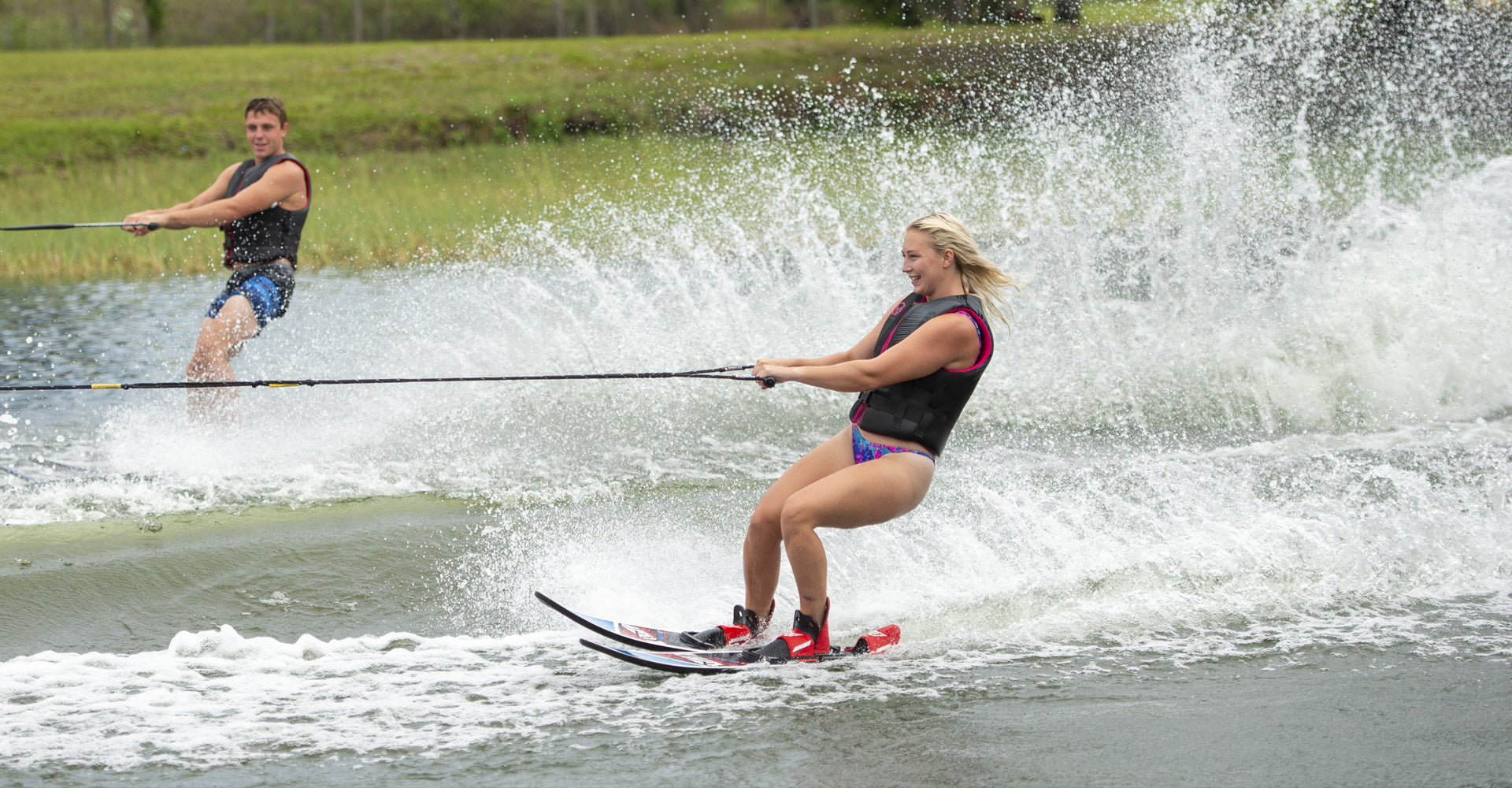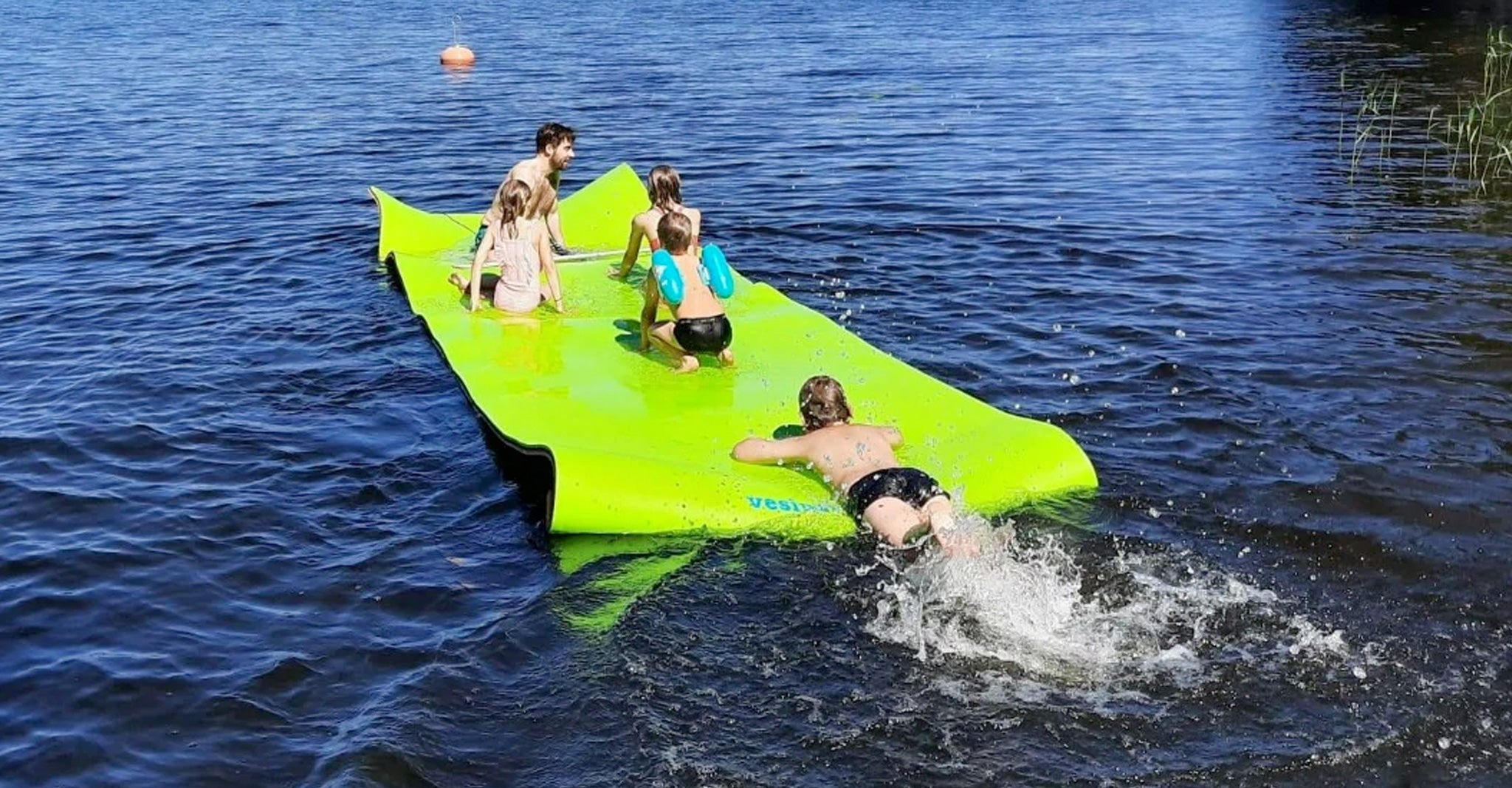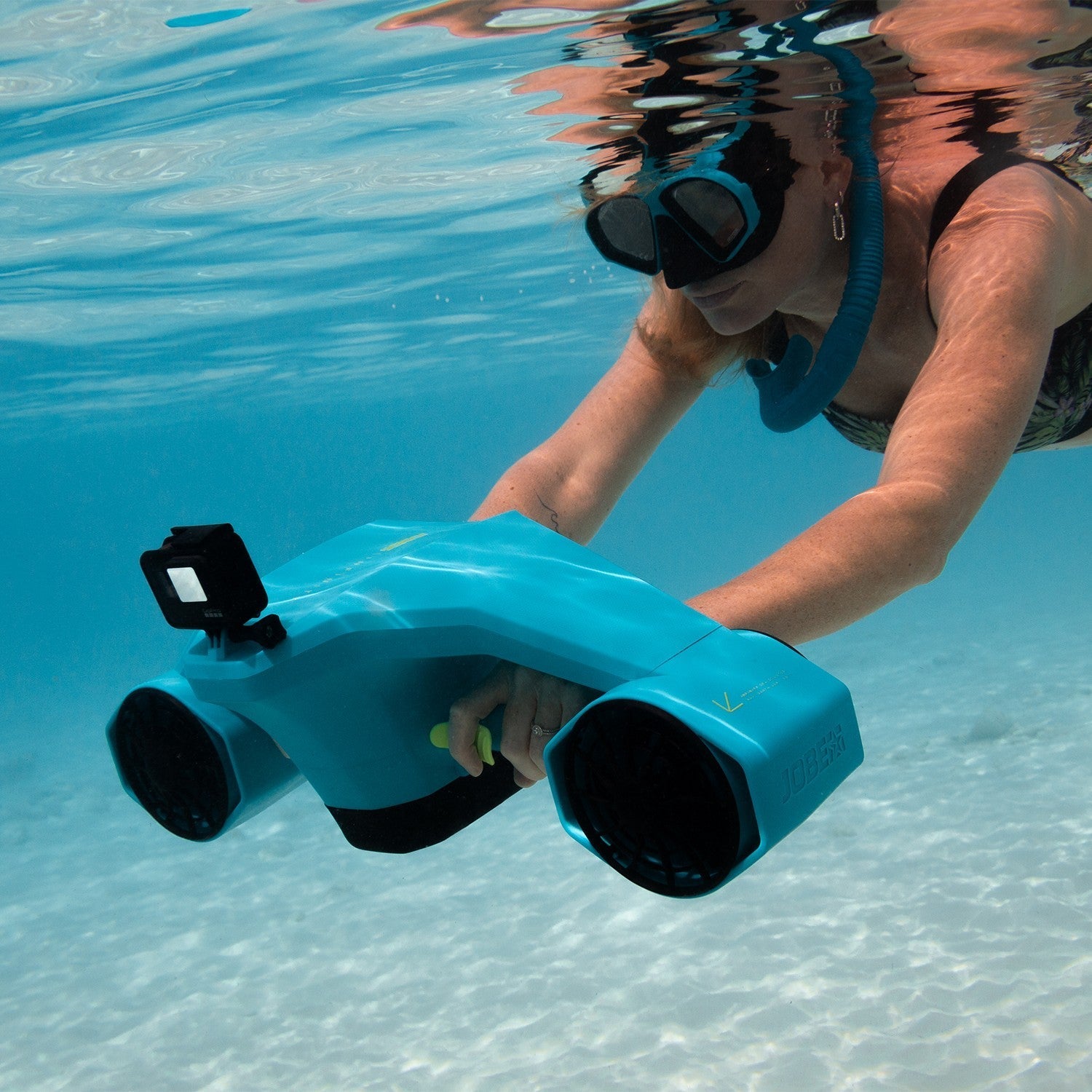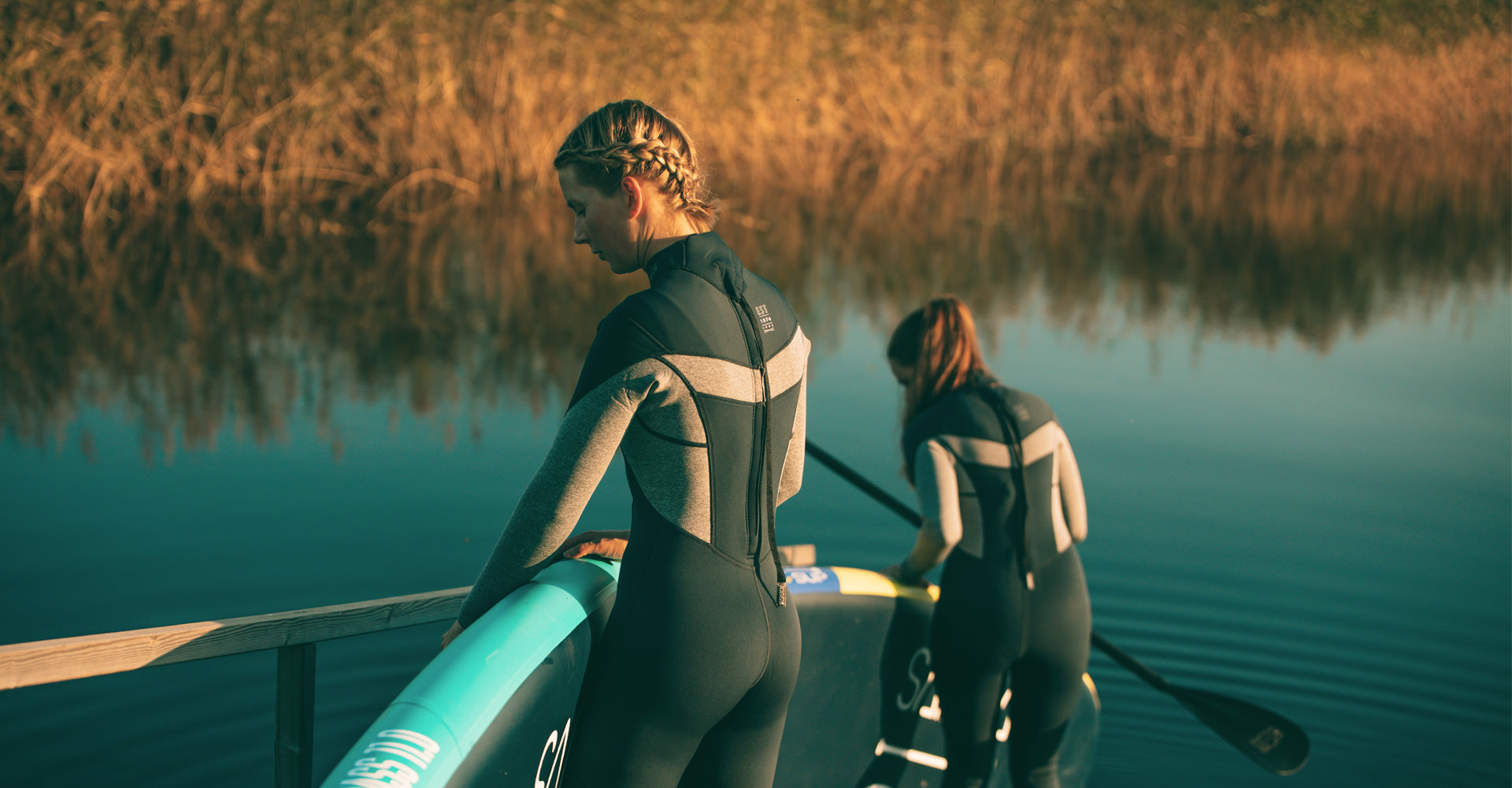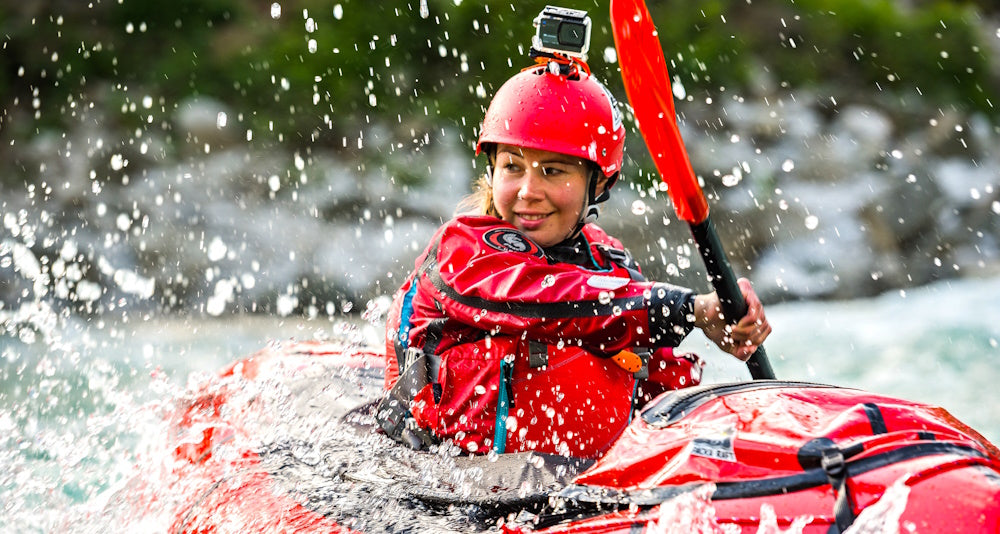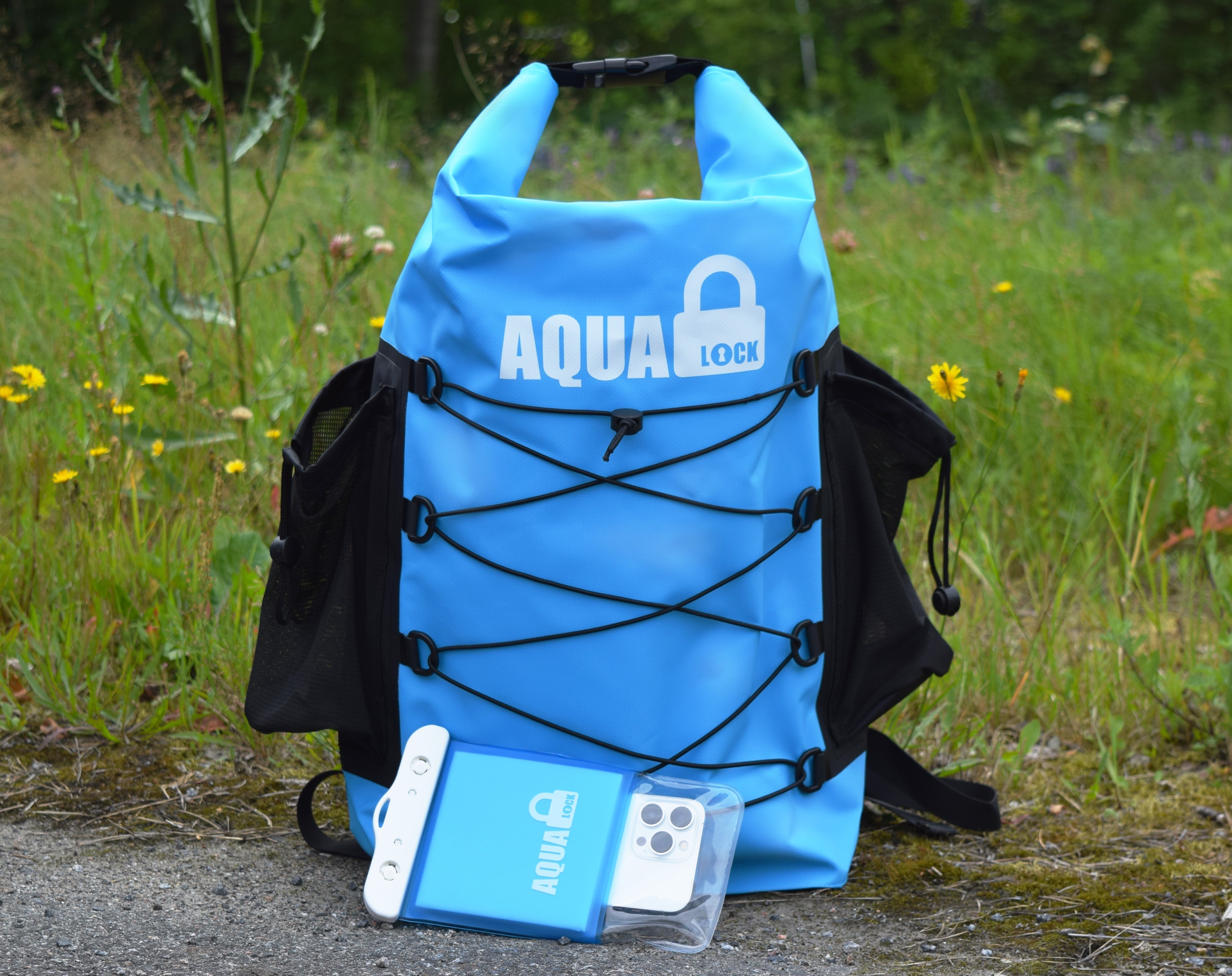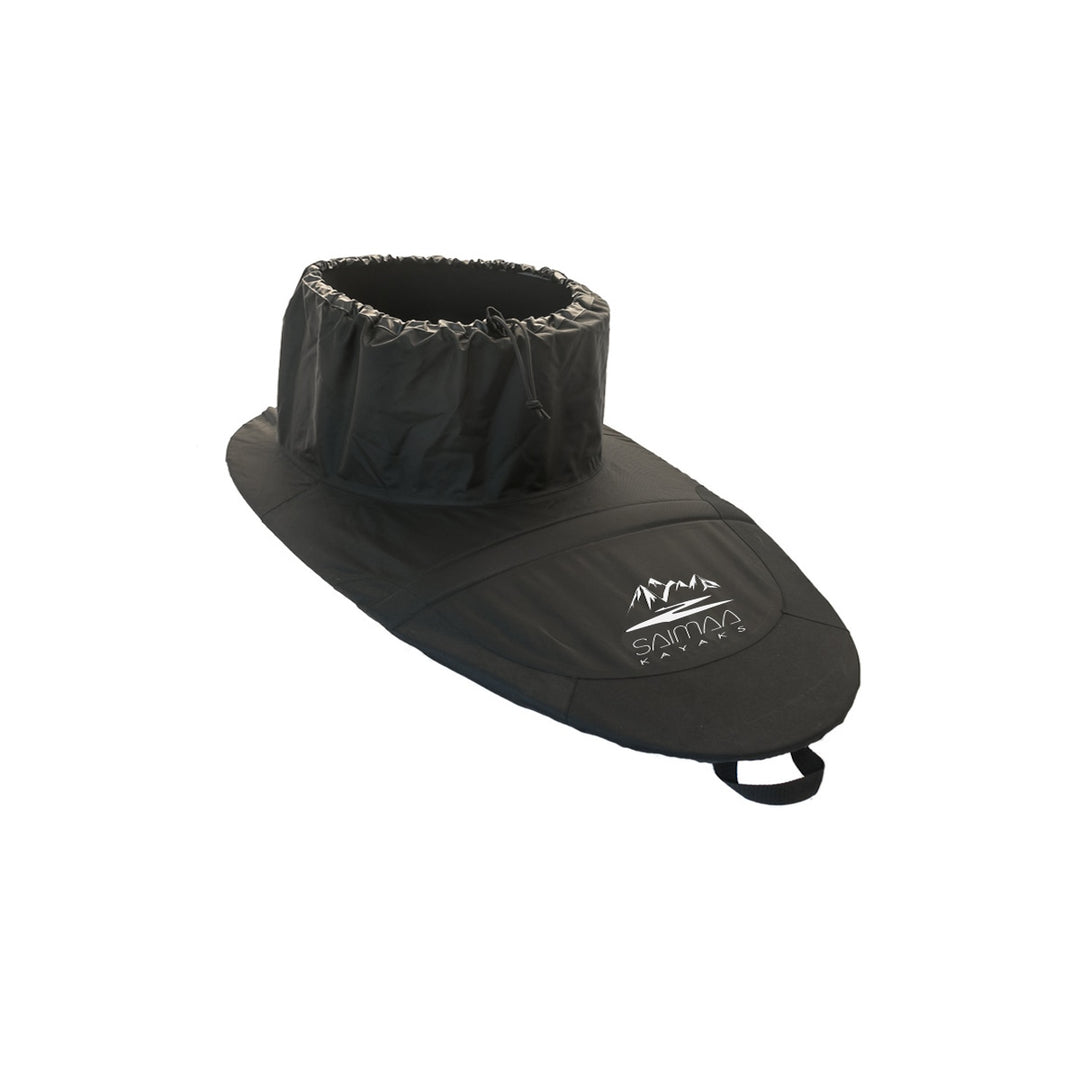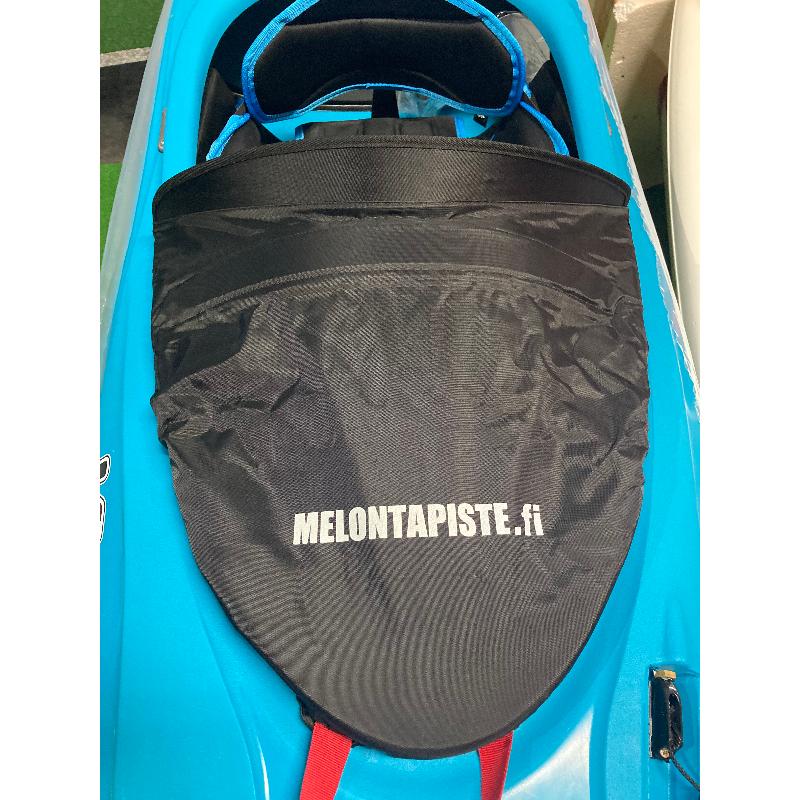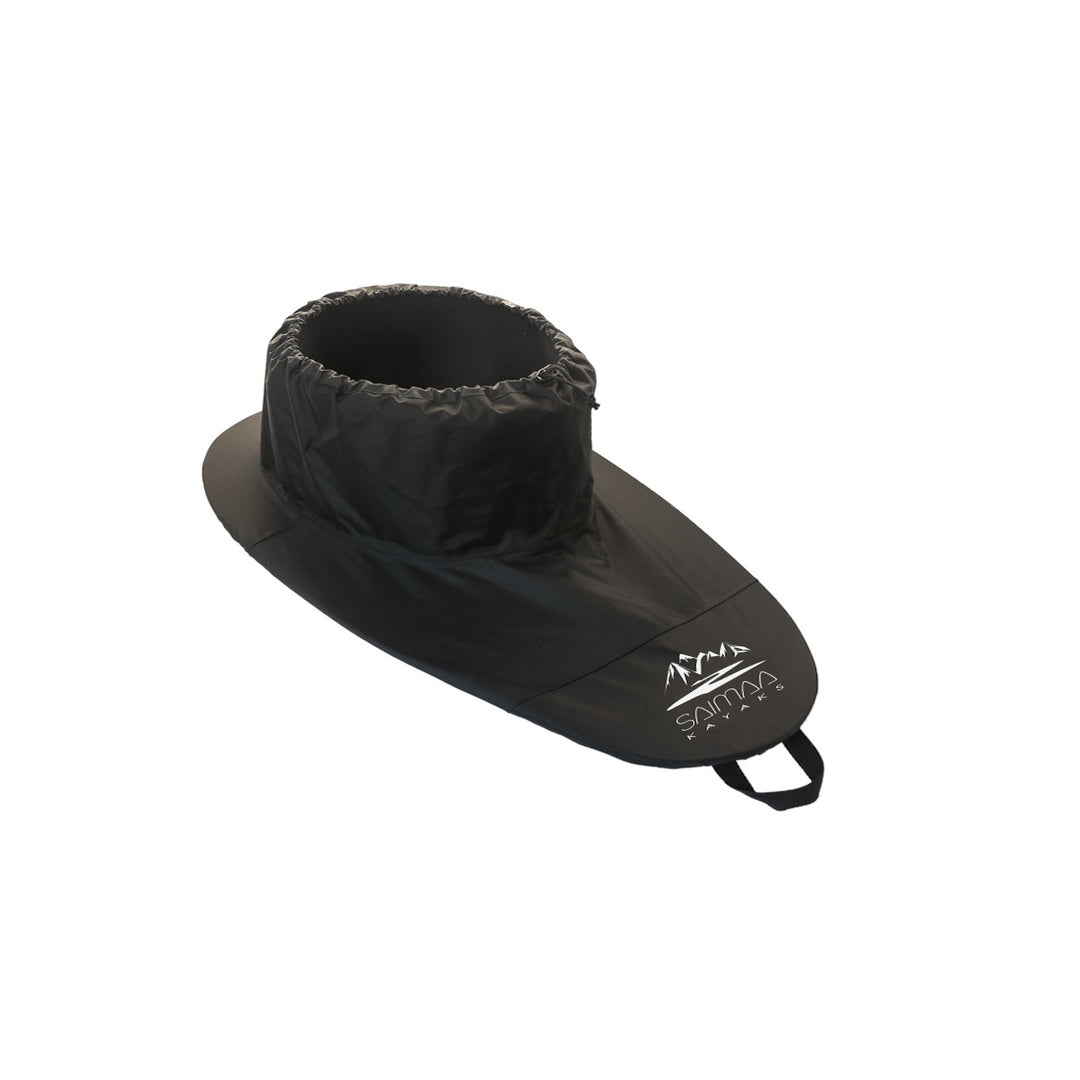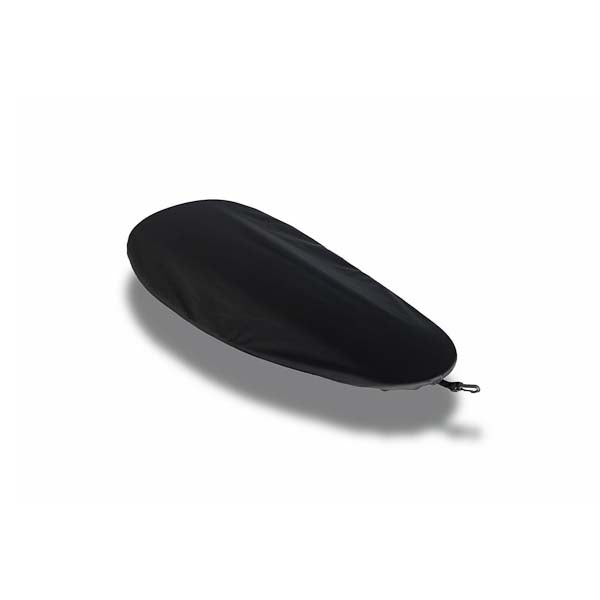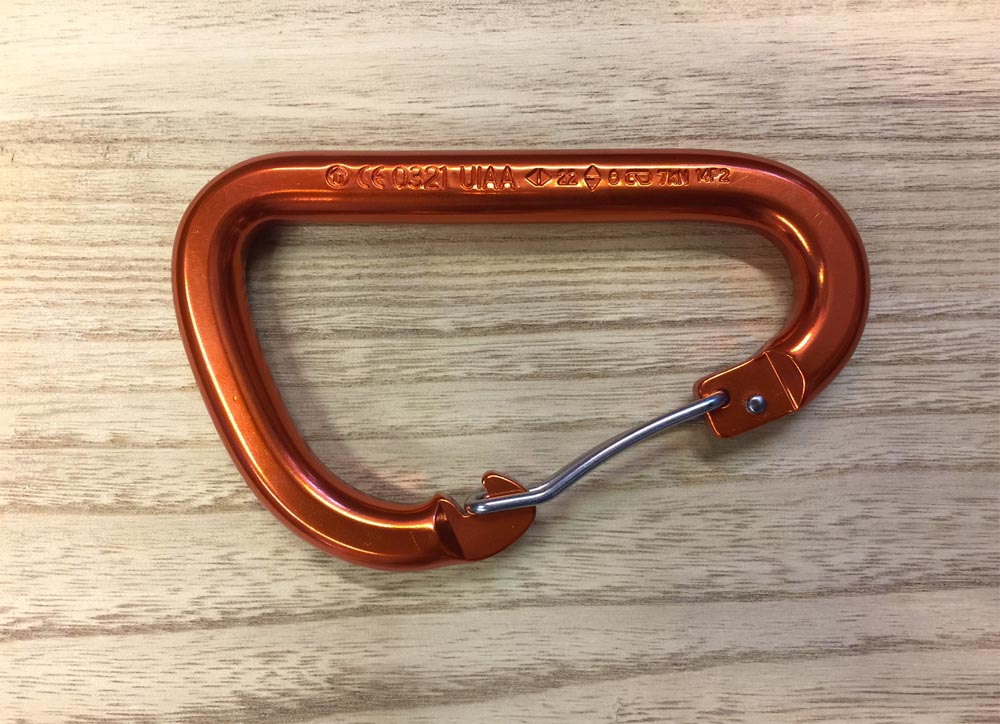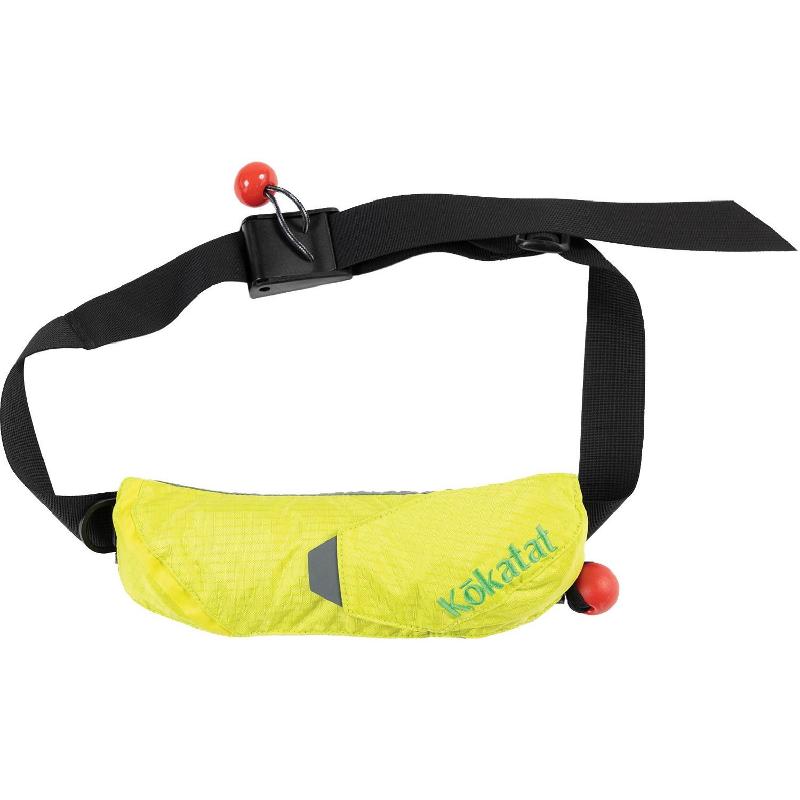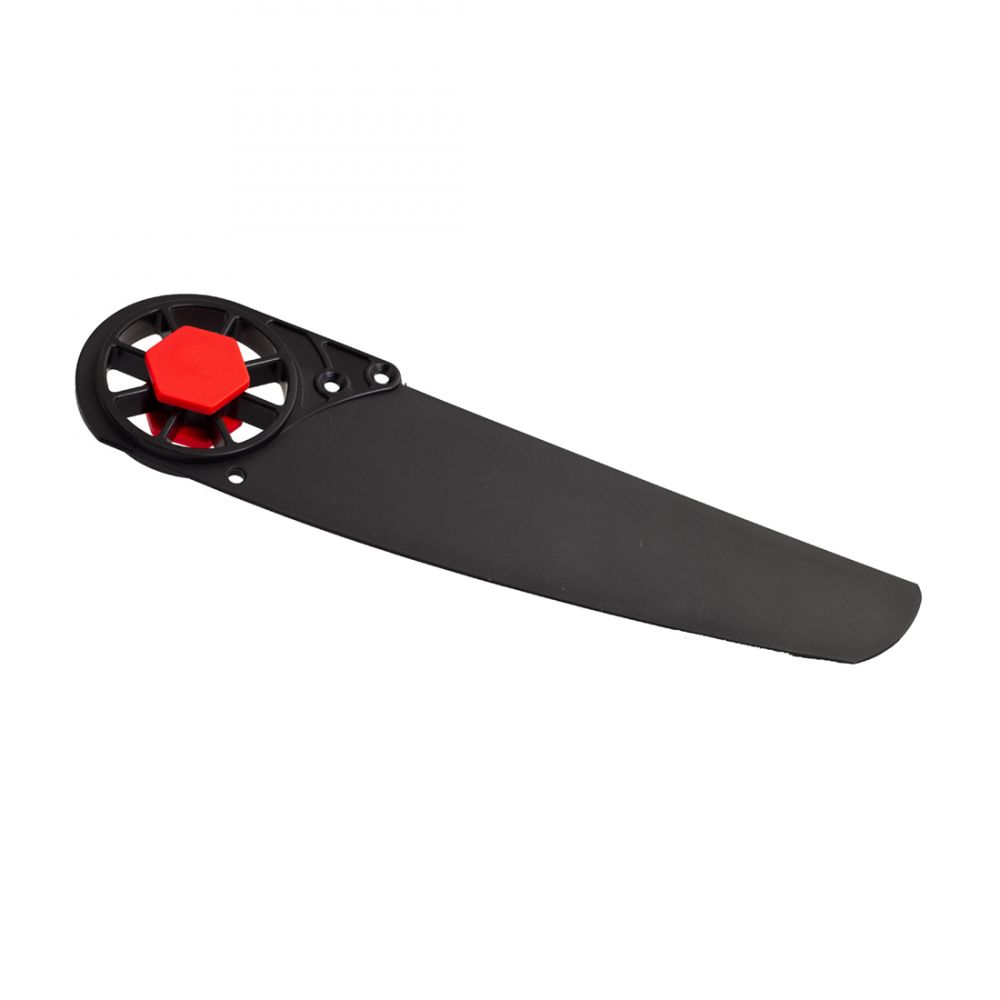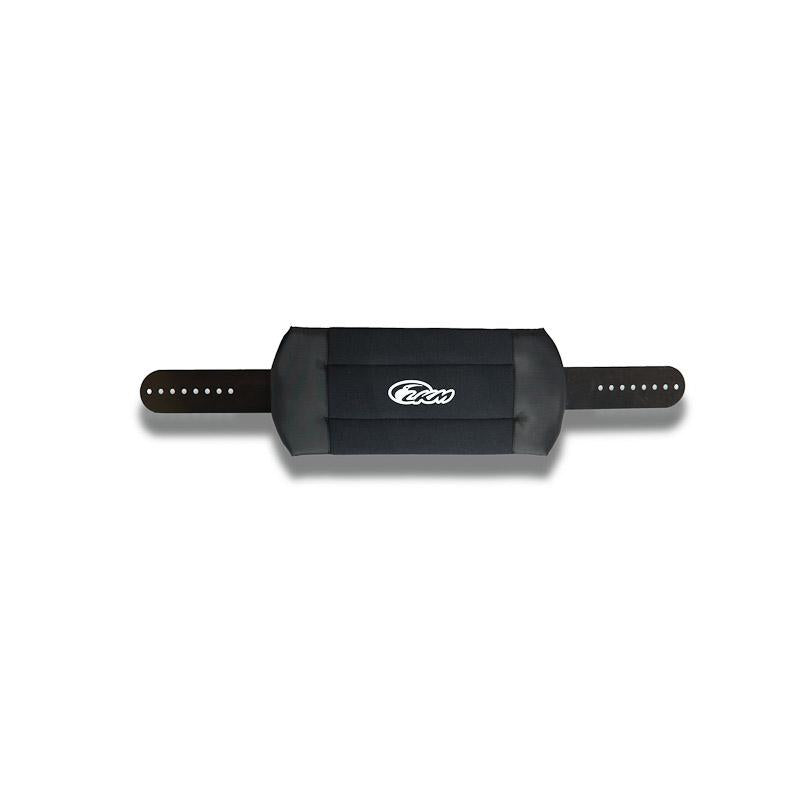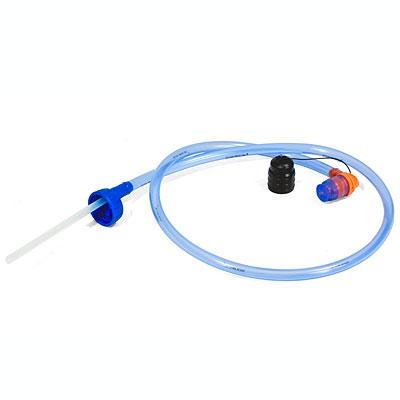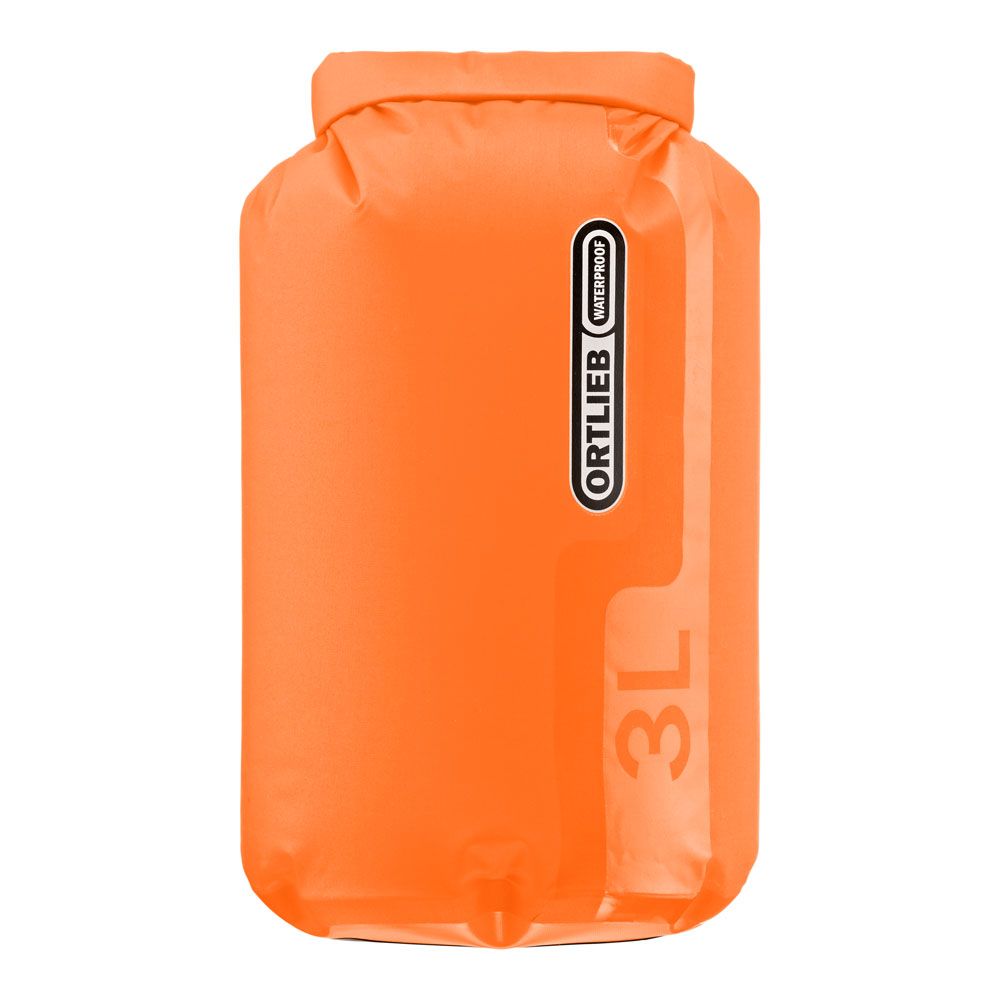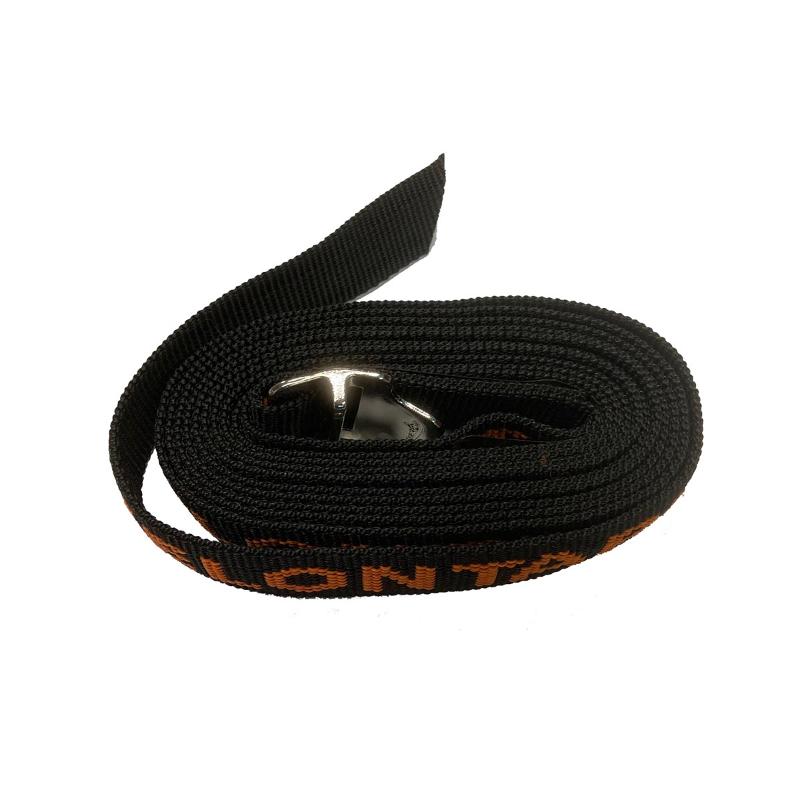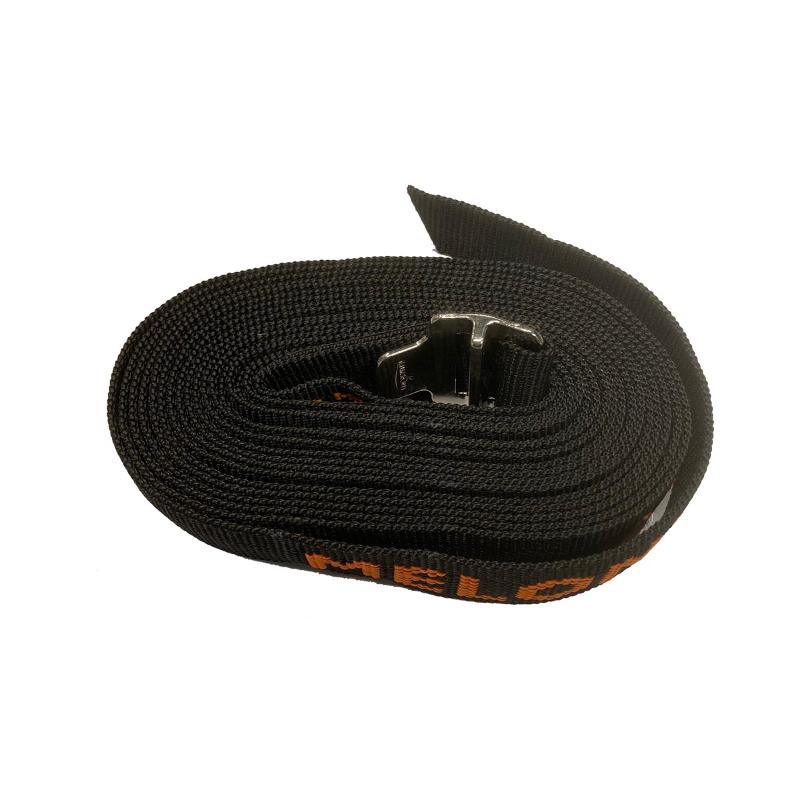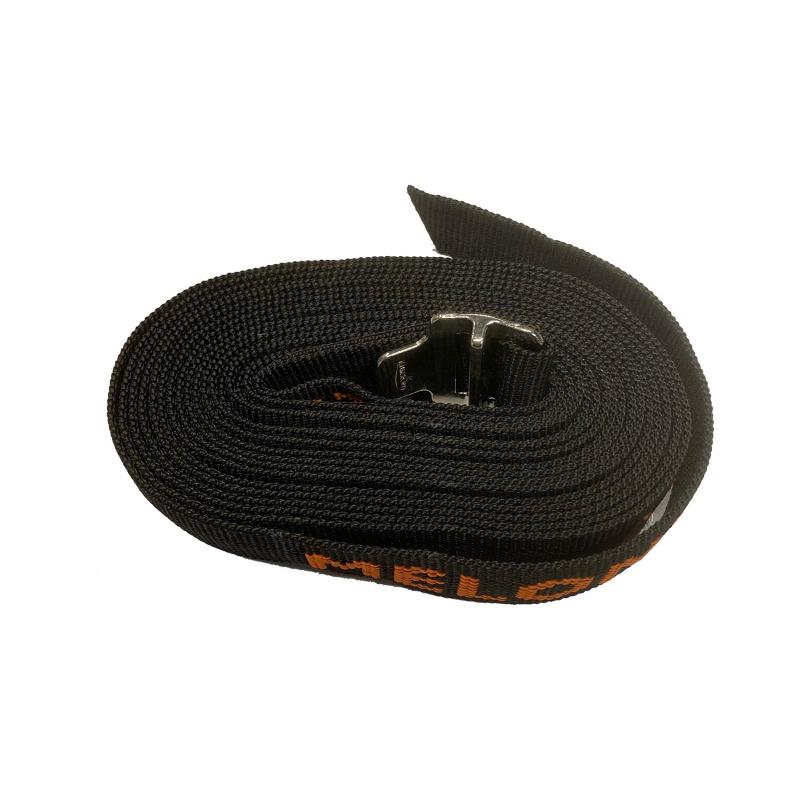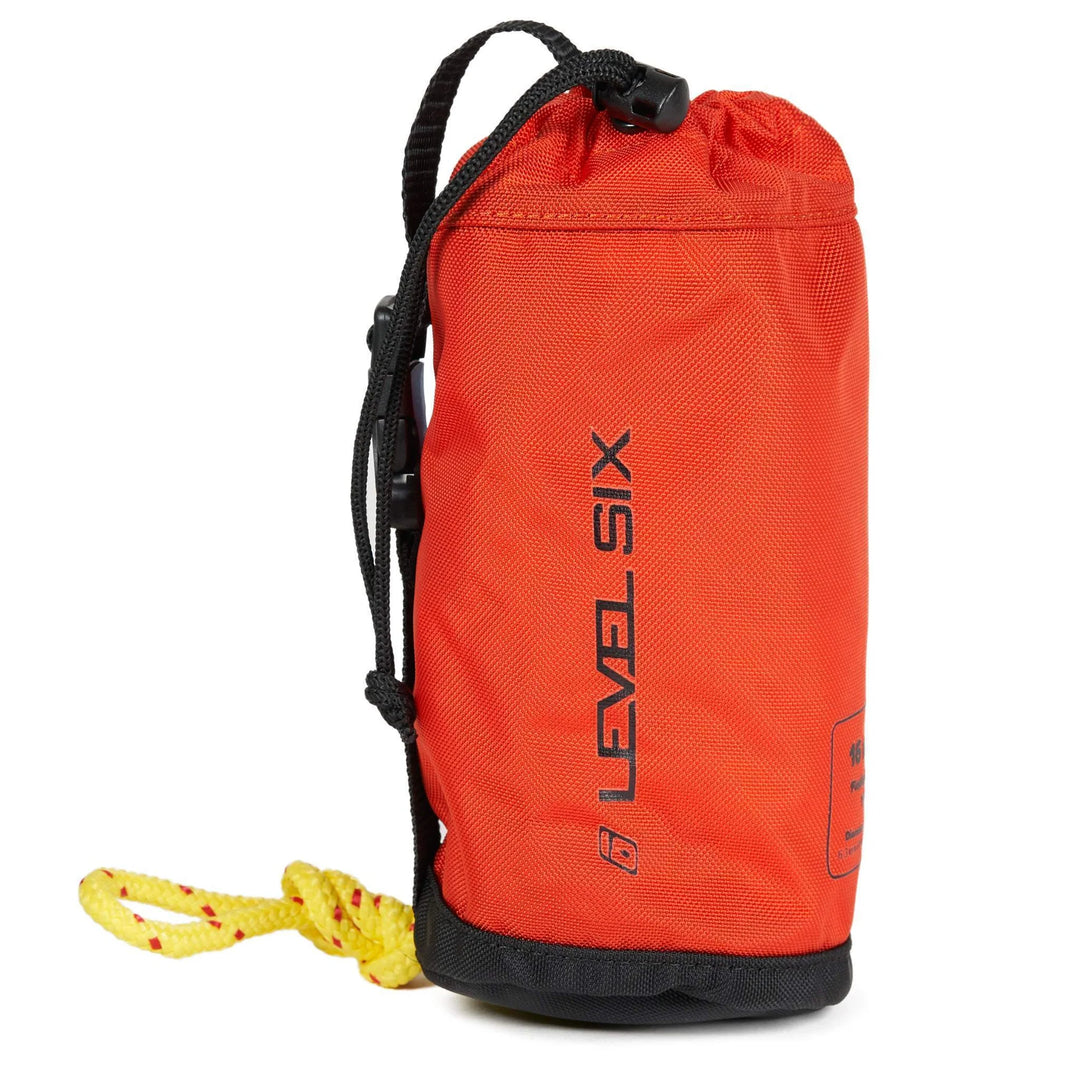Regular inspections, cleaning, maintenance, proper storage, and correct transport significantly extend the lifespan of your kayak or canoe. Preventing problems: Inspect your kayak carefully—check that screws and bolts are tight, pay attention to the hull’s shape, surfaces, and color, and always keep it clean. After paddling in saltwater, rinse the kayak thoroughly with fresh water. Metal parts, joints, and hollow sections require extra care, as they are sensitive to corrosion and often difficult to clean properly. Salt crystals accelerate wear, and materials will not last as long if they’re not washed with fresh water. Keep the kayak clean from dirt, and if rinsing alone isn’t enough, use a mild detergent—test it on a small area first. Most metal parts are stainless steel, but despite the name, it’s not completely immune to rust. When combined with regular inspection and cleaning, its corrosion resistance remains excellent for many years. The first areas to show wear are usually near the paddler’s heels inside the cockpit and on the outer hull near the bow. Check these regularly to catch scratches or wear early—before they deepen too much. Kayak storage: Store your kayak away from direct sunlight and heat sources like grills or campfires. UV rays and heat can cause cosmetic fading or structural deformation. Deformations can usually be fixed but take time—time better spent paddling and exploring. When not in use, store the kayak on its side or upside down with hatches open. If using racks or stands, make sure the supports are positioned at the kayak’s bulkheads (the strongest parts), and pad them well with foam. Never store a kayak upright on its bottom, as pressure points can cause dents over time. Side storage is the most stable option. Leave hatches and drain plugs open so trapped moisture can evaporate. Always store the kayak elevated off the ground to protect it from rising moisture, cold, and dirt. Kayak transport: When transporting your kayak, secure it firmly but not too tightly. Over-tightened straps can deform the hull, especially in warm temperatures or during long trips. Vibration during transport may also loosen screws and bolts, so check them afterwards. Fishing kayaks often have many detachable parts—remove or double-secure items like rod holders, seats, mounting rails, and accessories before transport to avoid damage or loss during the journey.
